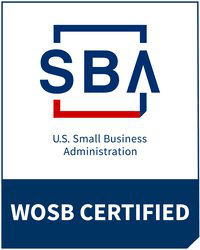Chemiluminescence Immunoassay
CLIA
Chemiluminescence Immunoassay (CLIAs) are a variation of the standard ELISA detection method. In this assay, chemiluminescent labels, which produce light when excited by chemical energy, are used. It is a highly sensitive and specific method, with a dynamic range greater than that of immunoenzymatic technology,for the quantitative analysis of proteins. A further advantage to CLIA is that long incubation times are not required, which allows rapid analysis.
See below for a general protocol and recommendations.
Reagents
- Capture Antibody
- Detection Antibody-HRP (Enzyme-Conjugated Reagent)
- Hydrogen Peroxide / Luminol (Chemiluminescent Substrate)
- Blocking Buffer
- PBS Wash Buffer
Note: The Capture and Detection Antibodies used must be against the target protein of present in the sample.
Method
1) Ensure wells are coated with the Capture Antibody, and blocked with an appropriate Blocking Buffer.
2) Wash the coated plates 3 times with PBS Wash Buffer.
3) Incubate wells with blocking buffer, and then wash plates 3 times with PBS Wash Buffer.
4) Dispense 50μl of the sample into the appropriate wells, then wash plate 3 times in PBS Wash Buffer.
5) Dispense 100μl of Detection Antibody-HRP (enzyme-conjugated reagent) into each well.
6) Ensure that it is thoroughly mixed, by mixing for 30 seconds.
7) Incubate for 45 mins at 37oC.
8) Remove the mixture and wash wells 5 times with PBS.
9) Remove excess water by tapping the plate.
10) Add Hydrogen Peroxide / Luminol (Chemiluminescent Substrate) into each well, and mix gently for 5 seconds.
11) Read the wells with a chemiluminescence microplate reader 5-20 minutes after dispensing the substrate.
For more information, try our Chemiluminescence Immunoassay (CLIA) Troubleshooting Guide.



